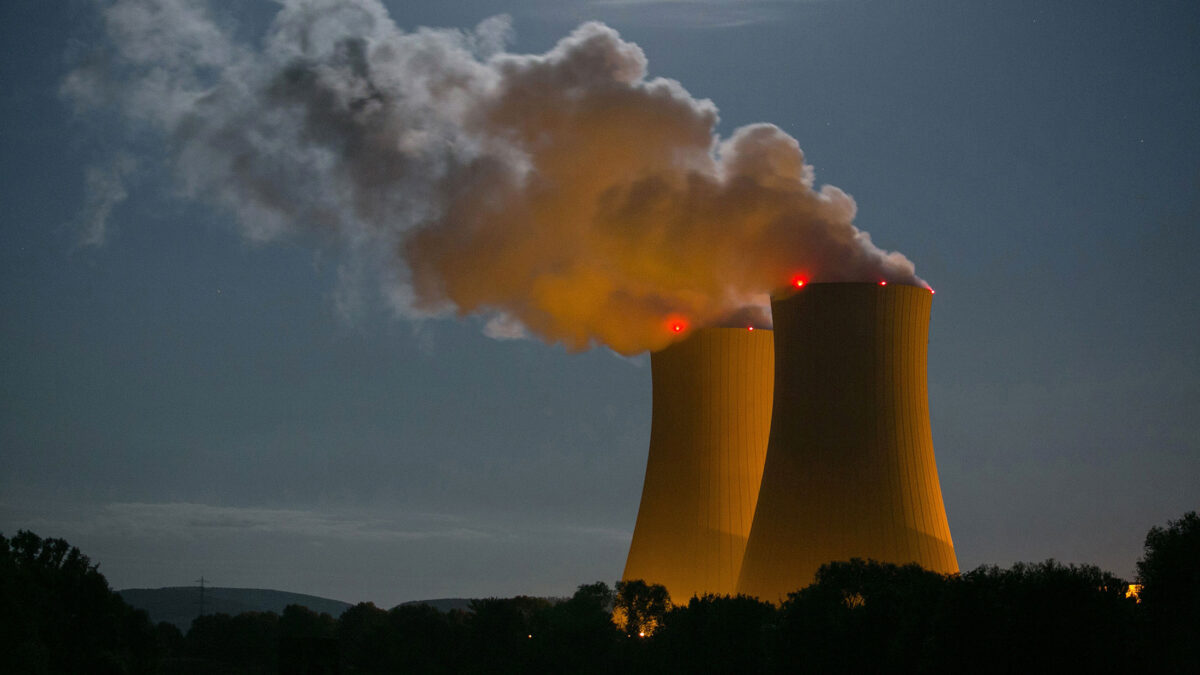Nuclear Power on the Rise?

Reactivated for the first time since the 1980s, the Pinyon Plain uranium mine commenced operations in January on Arizona’s Kaibab National Forest, merely seven miles from the Grand Canyon. Driven by a resurgence in nuclear energy interest and a robust increase in uranium prices, Pinyon Plain is tapping into some of the highest-grade uranium ore in the United States. This site marks one of the first uranium mines to open in the U.S. in the past eight years.
This revival is not unique to Pinyon Plain. Across the U.S., at least five mining companies are re-opening sites in Texas, Utah, Wyoming, and Arizona, which were previously shut down after the 2011 Fukushima disaster caused uranium prices to crash. Globally, the momentum continues with new mining projects developing in Canada, India, and Mongolia.
This resurgence is largely fueled by global initiatives to combat climate change. At the COP28 U.N. climate conference in Dubai last year, over 20 countries, including the U.S., pledged to triple nuclear energy capacity by 2050 to decrease reliance on fossil fuels. Subsequently, the U.S. House of Representatives passed legislation to accelerate the development of next-generation nuclear power plants.
Despite its economic benefits, uranium mining’s environmental impact is profound, historically contaminating groundwater, soil, and surface water with radioactive materials, heavy metals, and acid mine drainage. While some damage has been remediated, much pollution remains due to remediation costs and challenges.
The legacy of uranium mining in the American West, especially near Indigenous lands, has left enduring environmental and health scars, heightening concerns about the new wave of uranium extraction.
However, proponents argue that modern mining techniques, like in-situ leaching, are less invasive and cleaner than traditional open-pit mining. This method involves dissolving underground ore with a chemical solution that is then pumped to the surface for uranium extraction, significantly reducing surface disturbance and water usage.
Scott Melbye, president of Uranium Producers of America and CEO of Uranium Royalty, emphasizes that current U.S. production standards are stringent, advocating for domestic mining over importing uranium from countries with much lower environmental and labor standards.
If the strict environmental standards can be maintained it would go a long way to alleviating most concerns. This combined with advancing nuclear technology could bring a new era of safe and renewable nuclear energy.